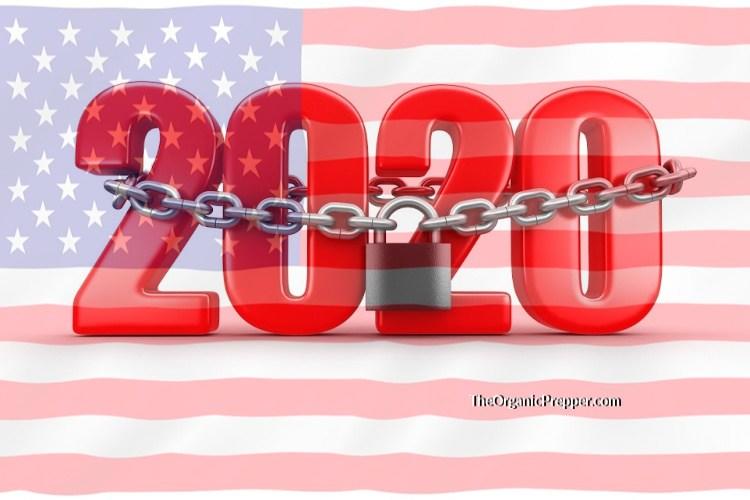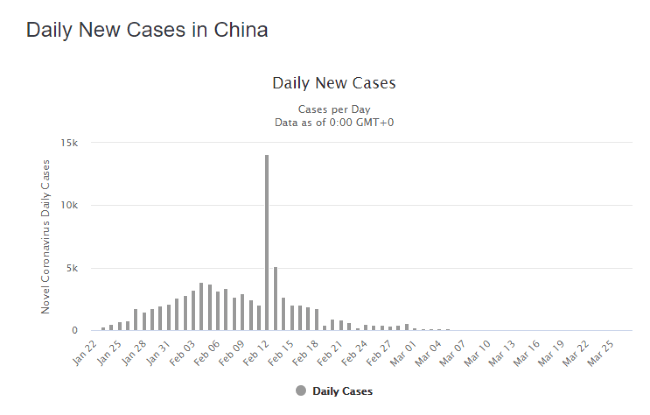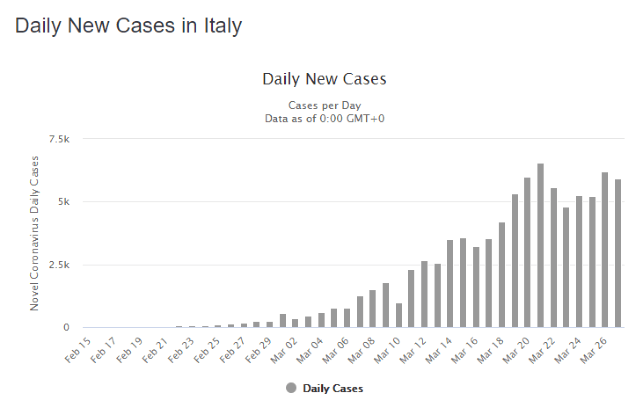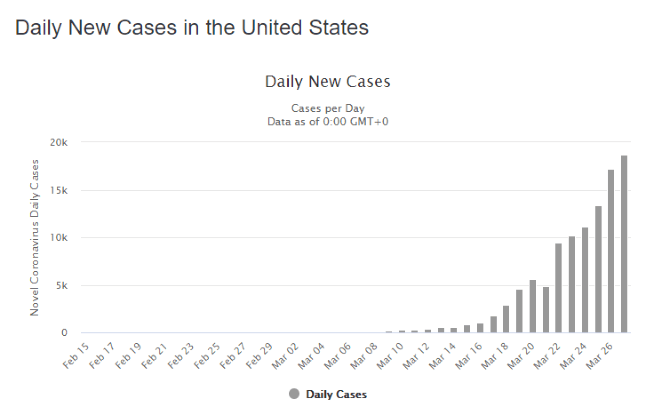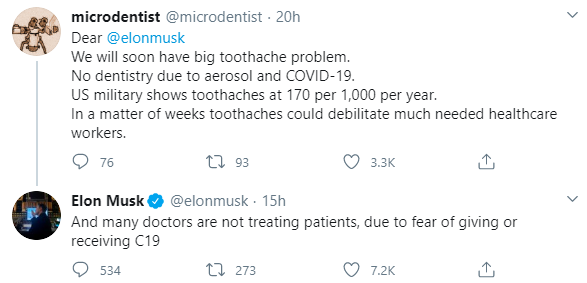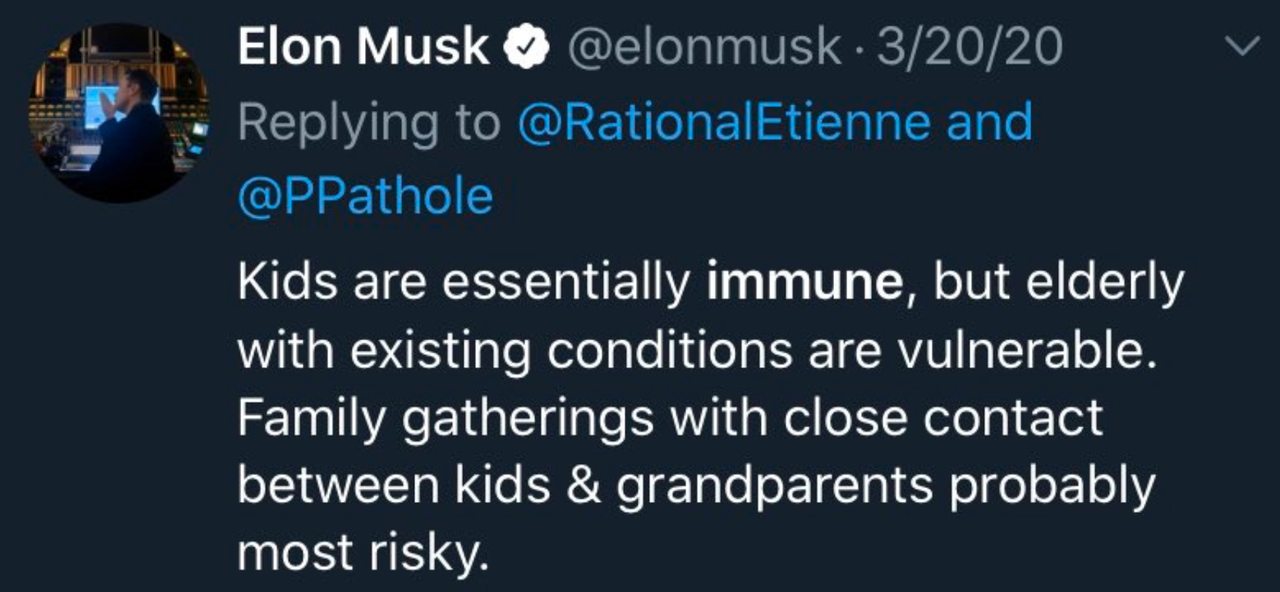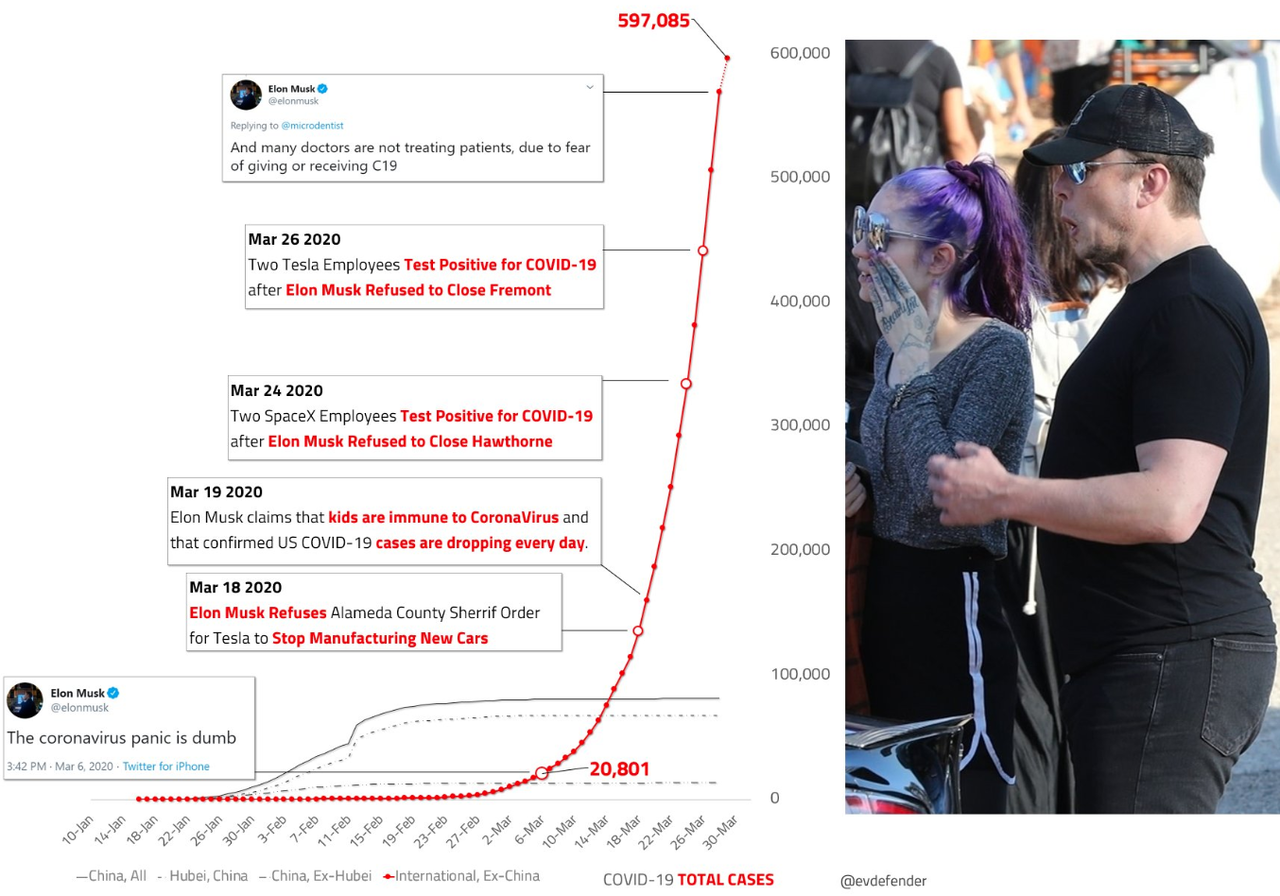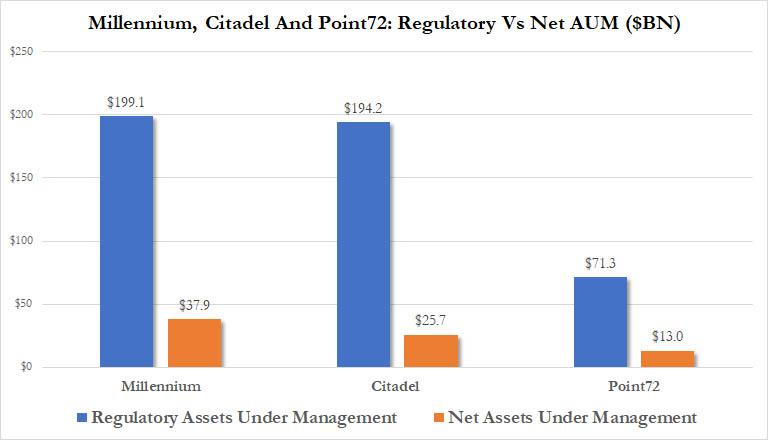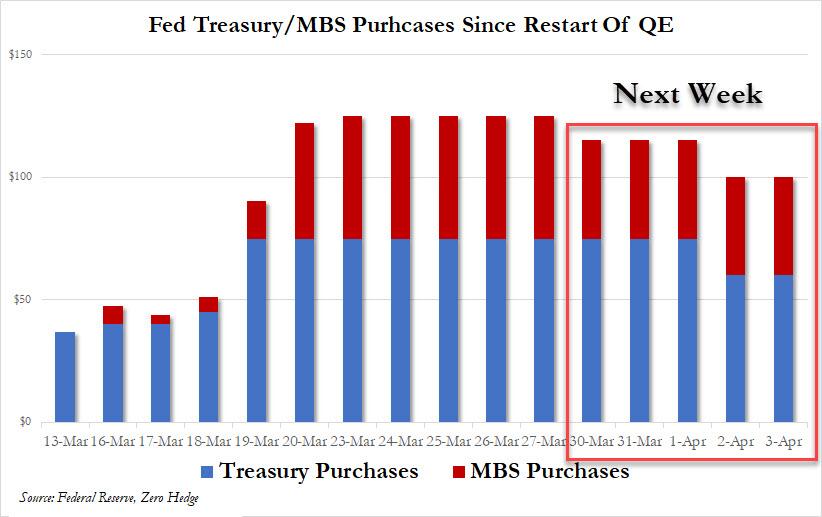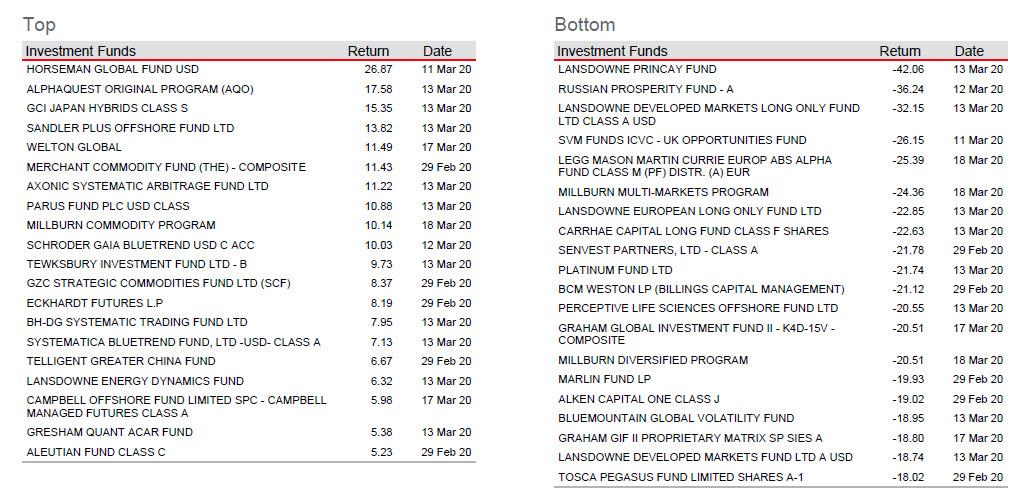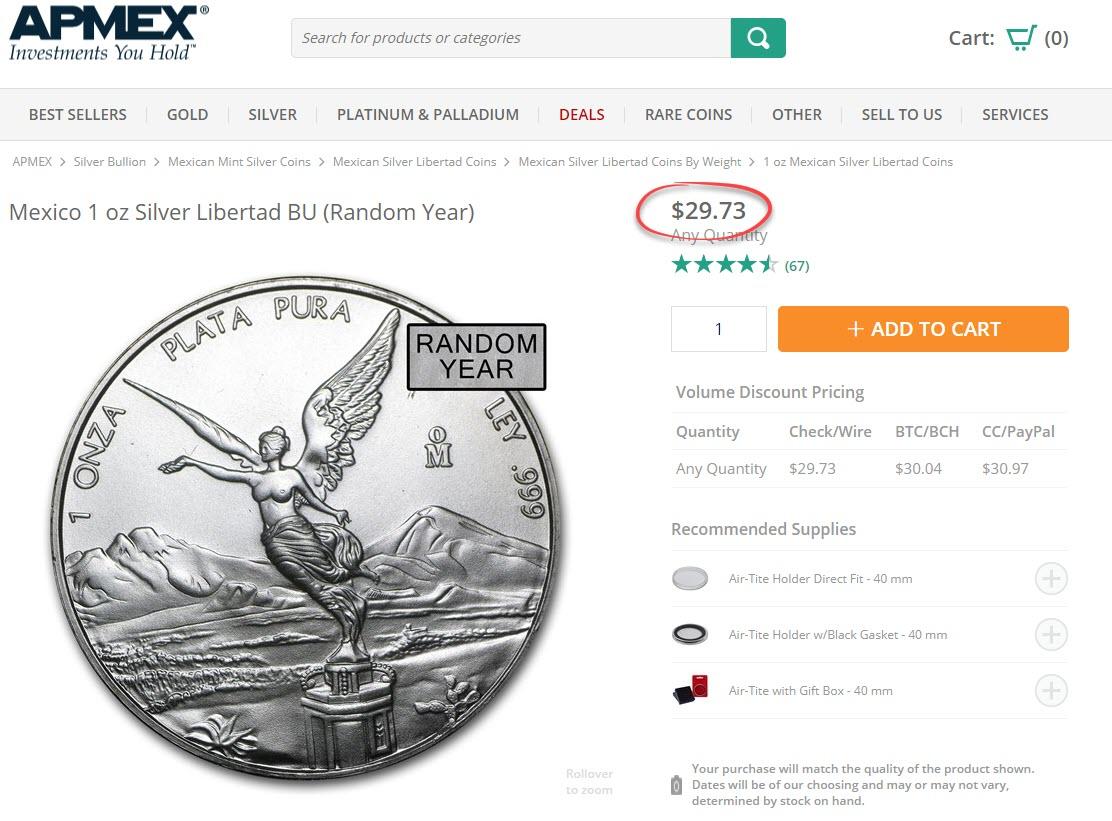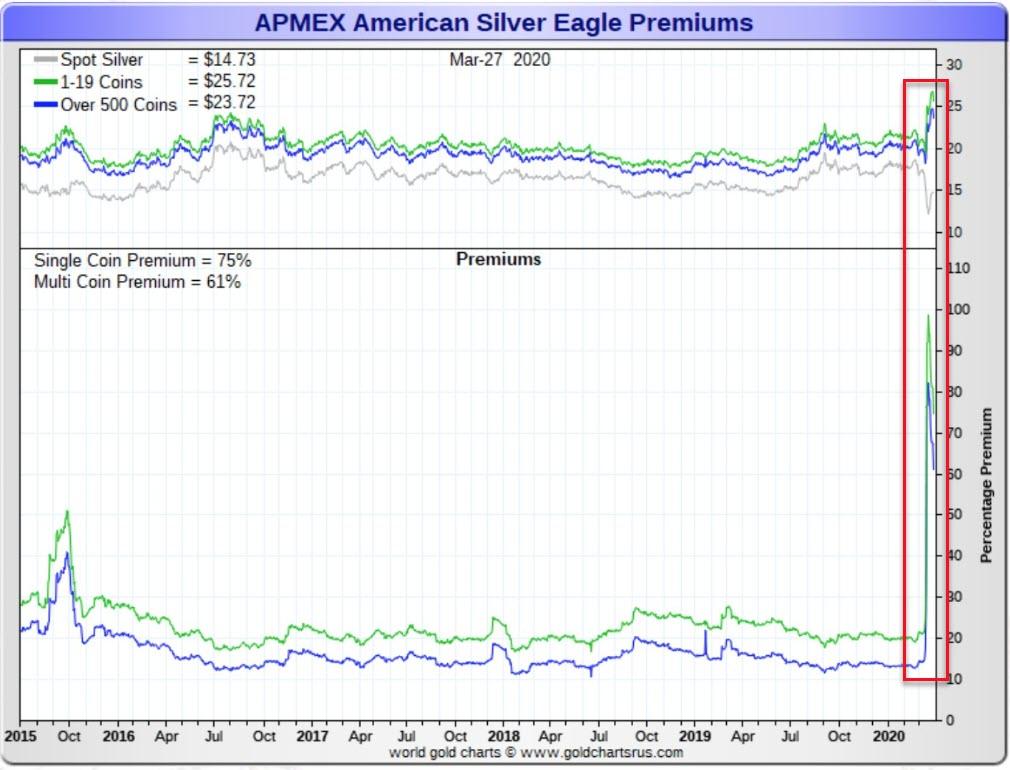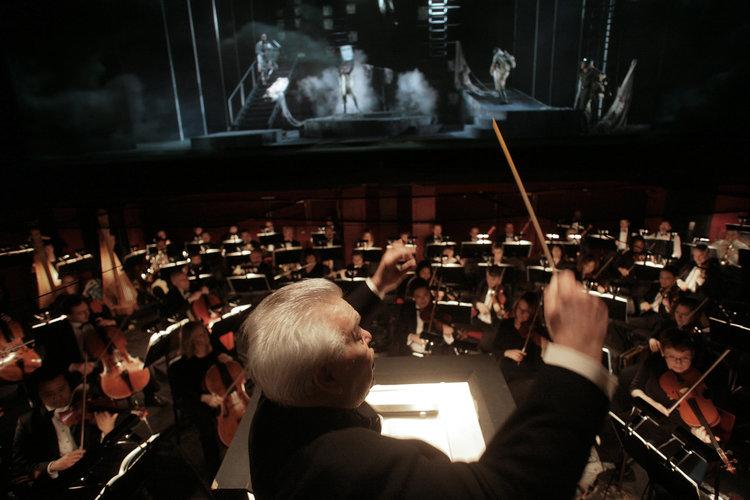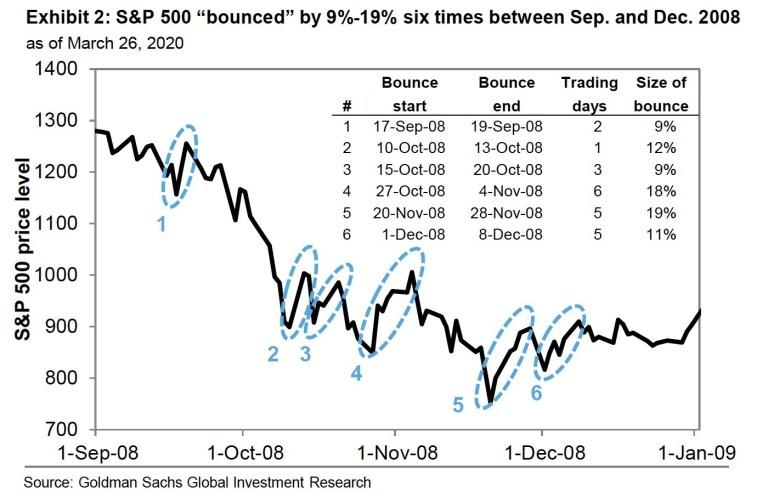How Long Will America’s COVID-19 Lockdown Last? Here’s What The Patterns Suggest
Authored by Daisy Luther via The Organic Prepper blog,
From the moment lockdowns and serious social distancing efforts began in the United States, the question on everyone’s mind was, “How long will these lockdowns last?”
And it’s not simple impatience. The cost of Covid-19 continues to come as a brutal assault to families across the country. First, there was the money spent preparing for the likelihood of quarantine, and this was followed, for many, by a loss of income. A shocking 3.3 million people had filed for unemployment by last Thursday, something projected less than a week ago and laughed off by many as fear-mongering. The economic ramifications of this virus are not just short-term – they’re long-term too.
It’s psychological, too. Right now, we’re in this strange period of purgatory in which the situation isn’t that bad for a lot of people – outside of a few hotspots, we aren’t seeing the virus in our own backyards. But the inability to plan for something next summer, next month – even next week – is tough on people who are accustomed to being able to map out things like vacations, summer activities for the kids, heck, even a night at the movies with our partners. There’s a sense of overall discomfort which can only be described as grief as we miss out on goals, milestones, and the day to day lives we enjoyed just a couple of short weeks ago.
We want this to end. Now.
And if we can’t have that, we want to know when. When will this limbo known as lockdown be over?
Unfortunately, we’re just getting started.
A few weeks ago, I wrote about when the lockdowns and shelter in place orders would be handed down in the United States, based on the patterns we were seeing in China and in Italy. It turned out to be extremely accurate, so we can use the same general idea of using patterns to attempt to predict what happens next.
Now, keep in mind, there are all sorts of variables. I hate making “predictions because of this. These aren’t “predictions” in a crystal ball kind of way. This is just an analysis of what has already happened and how a pattern is developing. So, my disclaimer is, given the vast array of variables, some of which we’ve probably never even considered, these dates may be entirely wrong. But right now, patterns are all we have to give us an idea of what to expect.
Some of the variables that could come into play are the severity of the lockdown, the population density of the infection hotspots, a surge of civil unrest, a concurrent disaster, and/or the medical systems in the different countries involved. China is a lot more authoritarian than the US and Italy, and they incorporated shocking measures like literally welding people into their apartments.
While things started off rather gently in Italy and the United States, don’t expect it to stay that way.
Italy started off less strictly but has increasingly become tougher on citizens as the cases explode, and we’re seeing harsher measures being instituted across the United States as governors take steps to protect their less-infected states from those fleeing hotspots.
Expect this to continue up to and including martial law if people don’t cooperate with social distancing measures. I’m not saying that this is a good thing or a bad thing – I’m just pointing out that this is reality. If you don’t believe it, read this article about how the cops in Rhode Island are teaming up with the National Guard to go door to door looking for New Yorkers who have fled the city. Right here in the United States of America, boys and girls.
Don’t delude yourself into thinking we’re protected by the Constitution right now. While that should always be the case, know that right now, we’re not.
Some definitions
For the purposes of this article, here are some definitions that I’m using.
-
Lockdown: Periods of time with the restriction of movement, closure of businesses, quarantines, and curfews mandated by federal or local governments with varying degrees of enforcement,
-
Peak: The plateau in which the number of cases was high somewhat uniformly. Also known as “flattening the curve.”
-
Spike: A brief period during which the number of cases skyrocketed, then returned to the peak.
-
Decline: The period of time when the number of new cases began to drop steadily from the peak period.
The charts below are all from Worldometer and show the new cases diagnosed in each country.
I’m not a scientist, a statistician, or a doctor. These are my definitions that I’ll be using throughout the article and I’m sharing them for the purpose of clarity so that we’re all reading from the same songbook.
Here’s how it went down in China.
Keep in mind that I never trusted and still do not trust the numbers coming from China. I’m not basing any of this on their numbers, but on their increases and decreases. If it helps any, I don’t trust the American numbers either. I’m equal opportunity in my distrust.
All we’re looking at here are patterns.
The lockdown of China began on Jan. 22. Within a few days, the lockdown had spread to incorporate millions and millions of people and were quite widespread to some degree or another.
This is Worldometer’s chart for China. The chart begins on Jan. 22, which is not accurate – that was the day that they locked down Wuhan so we know there were a number of cases before that date. But this is the data we have to work with. Again, we’re not focused on the numbers, but on the pattern.
China’s cases hit the plateau that we’re calling a “peak” approximately Jan. 30th. That’s when they hit a plateau that was continued after the peak until cases began to drop off on Feb. 19th. During this time, the cases were being diagnosed hard and fast at a high rate that varied from day to day but stayed in a certain range. This means the peak for China began 8 days after widespread lockdown and lasted for 20 days.
You can see a spike on Feb. 13th and 14th. This can be explained away – at least in part. China began using a different diagnostic method on the 13th that didn’t require the antigen test. It was faster and easier to diagnose patients at that time. There were 15 thousand new cases that day and this is notable. This spike occurred 22 days after the lockdown began. They only used this diagnostic method for 2 days, then returned to their previous methods of diagnosis. At that time, numbers returned generally to the plateau that we’re calling the peak.
Cases began to decline 21 days after the peak began, on Feb. 19th.
65 days after the lockdown began, Wuhan relaxed to the lockdown: people can leave their homes but are not allowed to leave the city. If all goes well, China plans to reopen Wuhan on April 8th which is 77 days after they first locked down Wuhan.
We’ll learn a lot about our own future when we see how it goes in Wuhan a couple of weeks from now.
Here’s the deal with Italy.
Italy began its regional lockdown on Feb. 21st and it quickly expanded to a widespread national lockdown by March 9th. (source for dates) As I write this, Italy is at day 20 of its lockdown
In the chart below, it appears that Italy began its peak around March 18th, which is 9 days after widespread lockdowns began.
If the same pattern as China holds true, infections will decline but still be in peak until April 20th.
Italy could begin to relax its lockdown as of May 13th. If China does indeed completely lift its lockdown on Day 77 and this works well, then the end of Italy’s lockdown could be June 6th.
Again, there are many variables. For example, on March 28th in Italy (yesterday at the time of writing), tensions arose in Italy as the health emergency became a social emergency. People broke the shelter in place orders, threatening to storm supermarkets because they’ve run out of food. Cries for revolution arose throughout social media and many people have said they will not remain at home, and that they’re out of food and basic necessities.
This could, unfortunately, result in a much longer period of infection as people gather in crowds to protest. It could even result in a spike for Italy around March 31-April 1 that would be similar to China’s spike, albeit for a different reason.
What about the US?
First things first – this is not going to be over in two weeks. If the country reopened again next week or the week after while cases are still climbing, everything we’ve done from this point on will have been in vain. We’re in this social distancing business for quite a while if we want it to work.
Our first major lockdowns began on March 19th. Thirty-three states have closed down non-essential businesses or mandated some type of lockdown since that time.
If we base our timing on the pattern of China, the peak would have begun yesterday, March 28th. We should begin to see the curve flattening out on charts within the next few days.
This peak would last through about April 30th and we could see our worst days on April 10th and 11th, depending on whether we have some kind of unusual variables like both China and Italy have had.
On May 23rd, we could see the lockdowns become more relaxed, and if they go 77 days like Wuhan, then the lockdowns would end on June 6th.
It’s important to note that we still don’t know what the aftermath of the lockdown looks like in China. It could end up that they’ll put another lockdown in place if infections begin to reoccur at a high rate. Personally, I don’t plan to rush out to a crowded mall the moment lockdowns are lifted. I want to wait and see what happens after a week or so first.
To provide an example, several hundred movie theaters in China outside the epicenter of the outbreak reopened on March 23rd, then were abruptly ordered to close on March 27th without further explanation.
The reopening of the United States could also be a start-and-stop process as scientists learn more about Covid-19.
This isn’t a short term event. It’s going to get worse.
I’m not the only person who thinks these measures could last for quite some time. According to Michael Snyder, it will be ongoing and we too could expect to see some civil unrest before this is over.
Of course many Americans are already losing patience and are quite eager to get back to work.
If the “shelter-in-place” orders stretch on for months, it is probably inevitable that we will see civil unrest and rioting like we are witnessing in China right now.
Unfortunately, it appears that vast sections of the country will remain shut down for the foreseeable future. (source)
As in China, there are parts of the country that are far less affected than places like New York City and New Orleans. But every single state has diagnosed Covid within its boundaries and none of the country is unscathed by the measures being undertaken to combat the spread.
And despite the steps that Americans have taken to slow this down, we have the unfortunate distinction of surpassing China as the epicenter of the pandemic. On Thursday, March 26th, 17,224 new cases were diagnosed here and on Friday, there were 19,452 new cases.
Unfortunately, the number of new cases is still climbing. We have not seen the worst of this situation yet. People should be prepared for anything from more stringent lockdowns, supply chain interruptions, and potentially even civil unrest in some areas as the situation drags on.
I know these dates and numbers are probably not what you want to hear. It’s only been ten days and for many, it’s practically unimaginable to live like this for 2 more months, stretching into June. The effect on the economy alone is mindblowing, not to mention the feelings of uncertainty, unrest, and even fear that many people are experiencing.
But if you’re anything like me, you’d rather go into this unknown territory facing reality instead of waiting and wondering.
Tyler Durden
Sun, 03/29/2020 – 15:35
via ZeroHedge News https://ift.tt/3bzcB6p Tyler Durden
